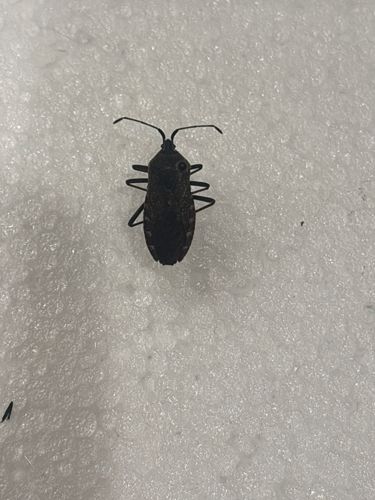Brown stink bug
Scientific Name: Euschistus servus
Order & Family: Hemiptera, Pentatomidae
Size: Typically 12-15 mm (0.5-0.6 inches) in length.

Natural Habitat
Agricultural fields, gardens, woodlands, and urban areas, often found on various host plants.
Diet & Feeding
Primarily phytophagous, feeding on the sap of a wide variety of plants, including fruits, vegetables, and field crops. They use their piercing-sucking mouthparts to extract plant juices, which can cause damage to fruits and seeds.
Behavior Patterns
They are known for releasing a foul-smelling chemical as a defense mechanism when disturbed, hence the name 'stink bug'. Adults can overwinter in sheltered locations, such as under leaf litter or in cracks and crevices of buildings. They exhibit incomplete metamorphosis. They are often attracted to light.
Risks & Benefits
Potential risks include being a significant agricultural pest, causing damage to numerous crops like corn, soybeans, cotton, and various fruits and vegetables, leading to economic losses. They are not harmful to humans directly, but if they enter homes in large numbers for overwintering, they can be a nuisance due to the odor they release. They do not sting or bite humans. There are no significant direct benefits to humans from this species, though they contribute to the broader food web as a food source for some predatory insects and birds.
Identified on: 9/19/2025